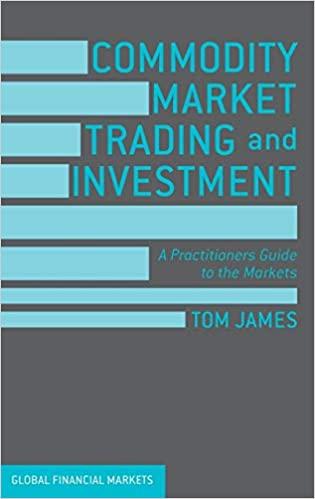


Consider the following linear program. Min8X + 12Y s.t. 1X + 3Y 29 2X + 2Y 2 14 6X + 2Y 218 X, Y ZO (a) Use the graphical solution procedure to find the optimal solution. (Graph the constraint lines, the feasible region, the objective function line, and the optimal solution.) Graph Layers After you add an object to the graph you can use Graph Layers to view and edit as properties OVA Saldiak What is the value of the objective function at the optimal solution? at (X, Y) (b) Assume that the objective function coefficient for X changes from 8 to 6. Use the graphical solution procedure to find the new optimal solution. (Graph the constraint lines, the feasible region, the objective function line, and the optimal solution.) Graph Layers After you add an object to the graph you can use Graph Layers to view and edit its properties. No Solution TA 2.42 PM SE WebAssign, Graphing Tool Does the optimal solution change? The extreme point Select optimal. The value of the objective function becomes (c) Assume that the objective function coefficient for X remains 8, but the objective function coefficient for Y changes from 12 to 6. Use the graphical solution procedure to find the new optimal solution. (Graph the constraint lines, the feasible region, the objective function line, and the optimal solution.) Graph Layers After you add ap objeet to the graph you can use Graphi Layers to view and edit its properties C 164 Pelation (45 Mchele Graphion Tool Does the optimal solution change? The extreme point -Select optimal. The value of the objective function becomes (d) The computer solution for the linear program in part (a) provides the following objective coefficient range information. Variable Objective Allowable Coefficient Increase Allowable Decrease X 8.00000 4.00000 4.00000 12.00000 12.00000 4.00000 How would this objective coefficient range information help you answer parts (b) and (c) prior to re-solving the problem? Since the change in part (b) is-Select- this range, we know the optimal to Since the change in part (c) is oct- this. to The objective coefficient range for variable X is solution --Select- change. The objective coefficient range for variable Y is range, we know the optimal solution -Select- change. Consider the following linear program. Min8X + 12Y s.t. 1X + 3Y 29 2X + 2Y 2 14 6X + 2Y 218 X, Y ZO (a) Use the graphical solution procedure to find the optimal solution. (Graph the constraint lines, the feasible region, the objective function line, and the optimal solution.) Graph Layers After you add an object to the graph you can use Graph Layers to view and edit as properties OVA Saldiak What is the value of the objective function at the optimal solution? at (X, Y) (b) Assume that the objective function coefficient for X changes from 8 to 6. Use the graphical solution procedure to find the new optimal solution. (Graph the constraint lines, the feasible region, the objective function line, and the optimal solution.) Graph Layers After you add an object to the graph you can use Graph Layers to view and edit its properties. No Solution TA 2.42 PM SE WebAssign, Graphing Tool Does the optimal solution change? The extreme point Select optimal. The value of the objective function becomes (c) Assume that the objective function coefficient for X remains 8, but the objective function coefficient for Y changes from 12 to 6. Use the graphical solution procedure to find the new optimal solution. (Graph the constraint lines, the feasible region, the objective function line, and the optimal solution.) Graph Layers After you add ap objeet to the graph you can use Graphi Layers to view and edit its properties C 164 Pelation (45 Mchele Graphion Tool Does the optimal solution change? The extreme point -Select optimal. The value of the objective function becomes (d) The computer solution for the linear program in part (a) provides the following objective coefficient range information. Variable Objective Allowable Coefficient Increase Allowable Decrease X 8.00000 4.00000 4.00000 12.00000 12.00000 4.00000 How would this objective coefficient range information help you answer parts (b) and (c) prior to re-solving the problem? Since the change in part (b) is-Select- this range, we know the optimal to Since the change in part (c) is oct- this. to The objective coefficient range for variable X is solution --Select- change. The objective coefficient range for variable Y is range, we know the optimal solution -Select- change










